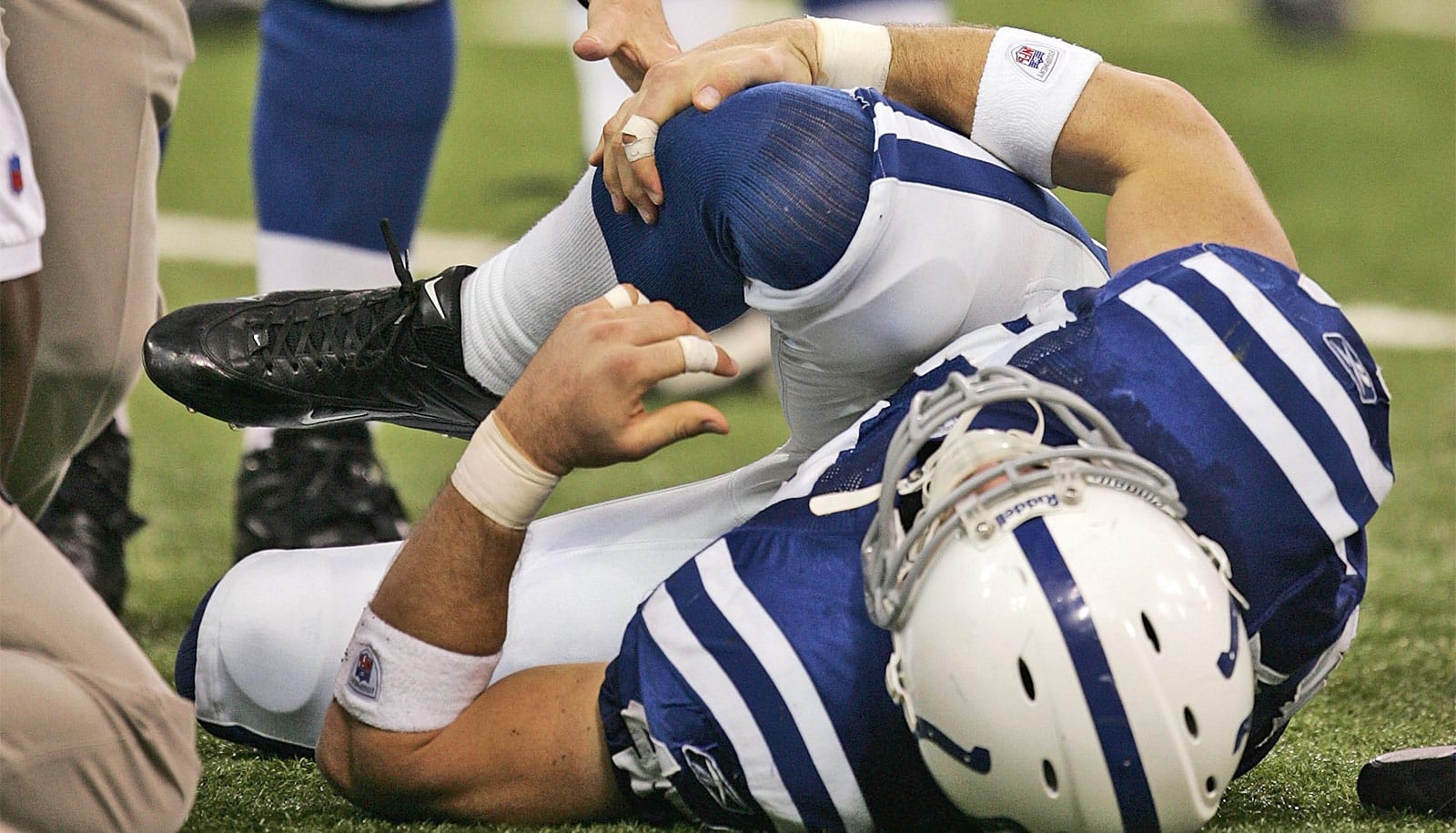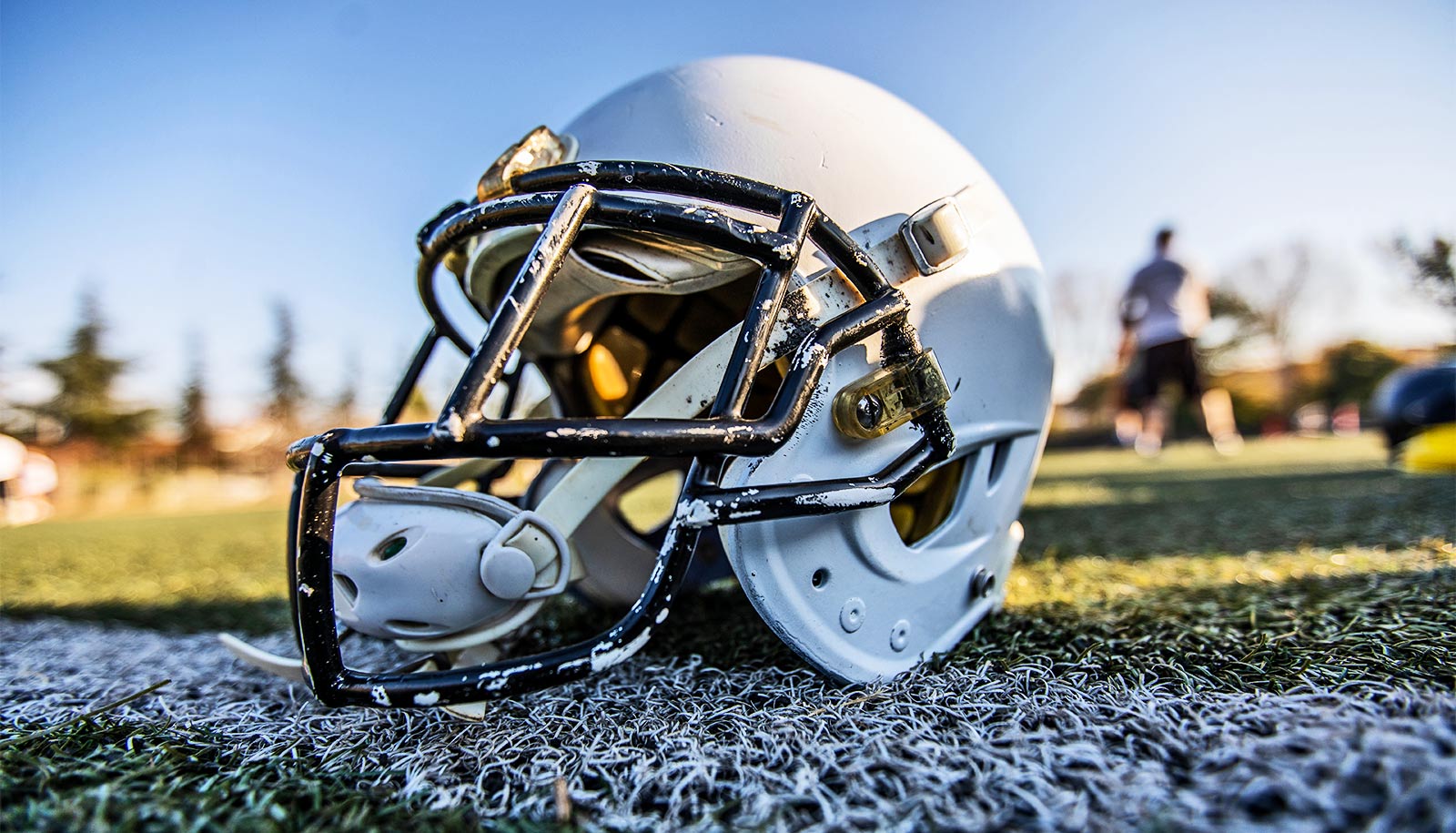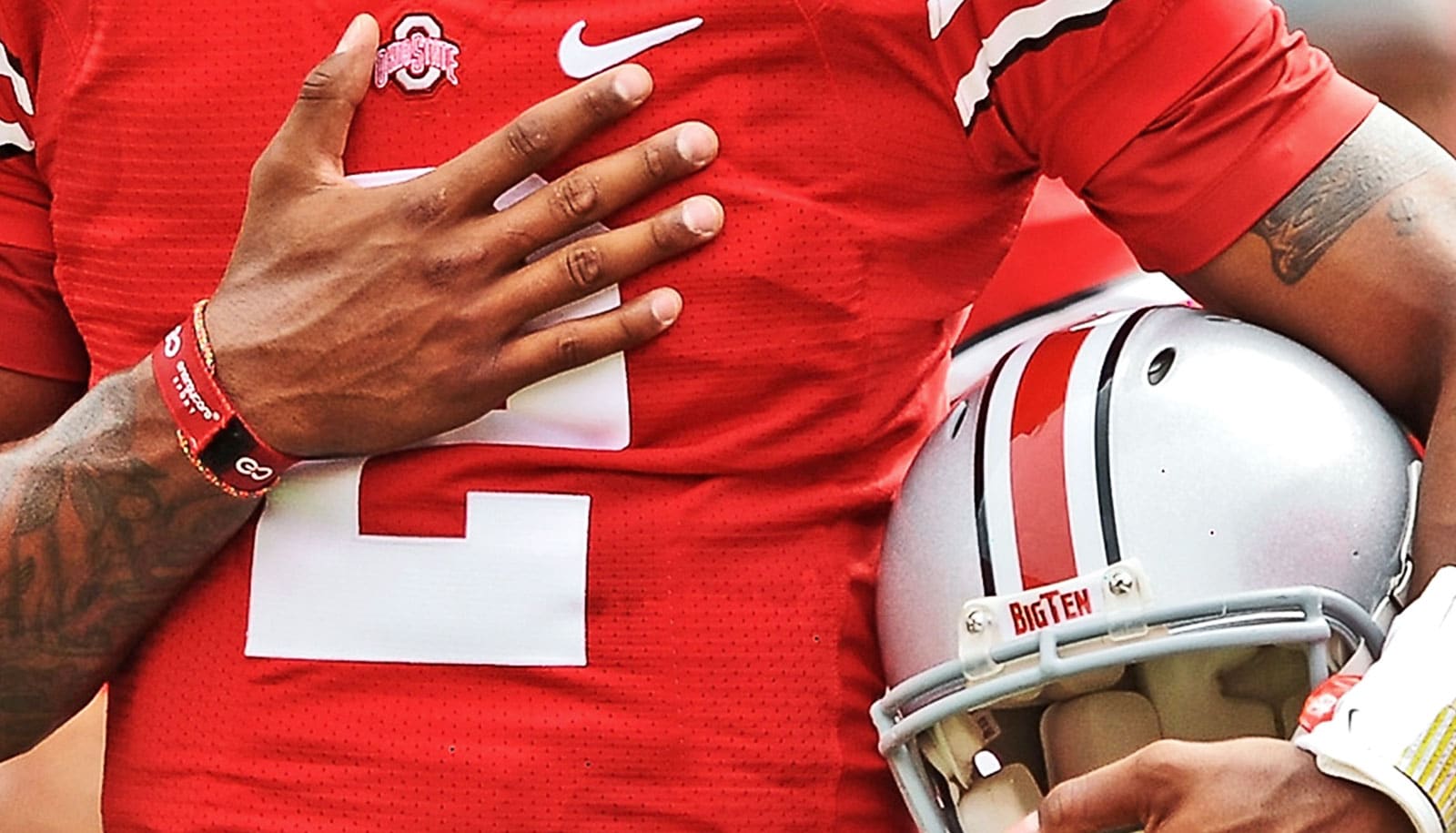National Football League athletes who play wide receiver or tight end may have a higher risk of suffering an injury to their anterior cruciate ligament, or ACL, according to a new study from.
A tear in the ACL is a significant and painful knee injury. Treatment typically requires surgery and at least 9 months of recovery, and even then, some players never return to the field.
“An ACL tear can have major physical, mental, and economic impacts to the player,” study author Clayton Nuelle of the University of Missouri says.
“These are significant injuries that require prolonged rehabilitation, so it’s important to determine risk factors and identify any ways to potentially prevent future injury.”
Wide receivers and tight ends often perform rapid change of direction movements and are involved in high-speed tackles and collisions, which likely increases the risk for ACL injury.
“The ACL helps stabilize and prevent excessive rotation within the knee,” Nuelle says. “A tear can occur when the knee is bent awkwardly during a tackle, or during ‘non-contact’ movements, when the athlete plants and pushes off or pivots, putting the ligament under severe stress.”
The study also examined other factors that could contribute to an ACL injury, looking at 520 tears over a ten-year period in the National Football League (NFL), from the 2012-13 season to the 2022-23 season. 245 tears (47%) were caused by a contact injury mechanism, which means the player had physical contact with another person or object. A third of tears were caused by non-contact mechanisms, like landing from a jump.
Despite past research concluding otherwise, this study did not find any significant differences in ACL tears sustained on natural grass compared to artificial turf. Turf is usually more rigid than grass, which can cause stress on the body’s joints and increase the chance of injury. This finding may be a sign of change.
“Older studies found a higher incidence of injuries on artificial turf, when it was lower quality,” Nuelle says.
“Since then, the quality, structure, and composition of turf fields has improved, which may explain why this current study did not find a meaningful difference. Future research should continue to examine various injury rates, patterns, and the overall safety profile.”
The research also found that an ACL tear was more likely to happen at the beginning of the football season and during a game versus a practice, with 291 tears occurring before week 9 and only 168 tears sustained during practice, compared to 352 while in-game.
Clayton Nuelle is an orthopaedic surgeon and sports medicine doctor at the University of Missouri Health Care, and an associate professor of orthopaedic surgery at the Mizzou School of Medicine. He also serves as the head team doctor for Mizzou Athletics and directly takes care of the Mizzou football, soccer, swimming, and diving and tennis teams.
The study appears in the Journal of Knee Surgery.
Source: University of Missouri



